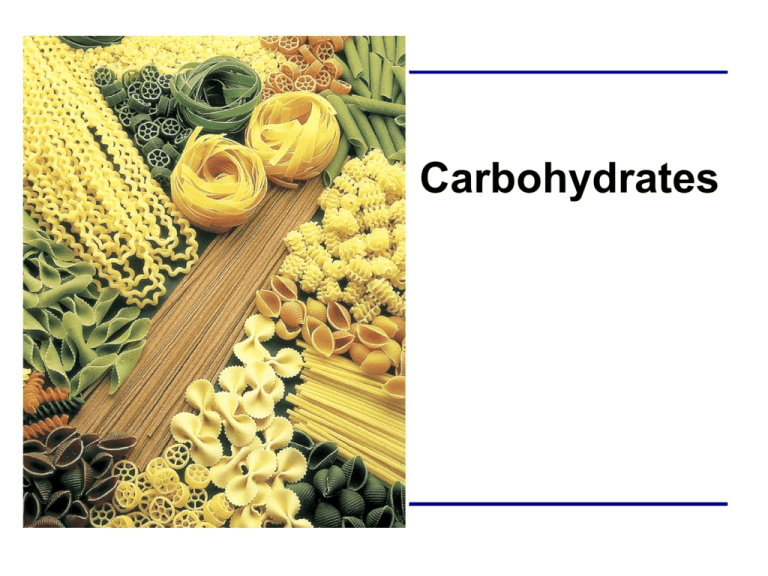

Although glucose, galactose, and fructose all have the same chemical formula (C 6H 12O 6), they differ structurally and chemically (and are known as isomers) because of the different arrangement of functional groups around the asymmetric carbon all of these monosaccharides have more than one asymmetric carbon. Galactose and fructose are other common monosaccharides - galactose is found in milk sugars and fructose is found in fruit sugars. Excess glucose is often stored as starch that is catabolized (the breakdown of larger molecules by cells) by humans and other animals that feed on plants. Plants synthesize glucose using carbon dioxide and water, and glucose in turn is used for energy requirements for the plant. During cellular respiration, energy is released from glucose, and that energy is used to help make adenosine triphosphate (ATP). In humans, glucose is an important source of energy. The chemical formula for glucose is C 6H 12O 6. Trioses, pentoses, and hexoses have three, five, and six carbon backbones, respectively. Aldoses have a carbonyl group (indicated in green) at the end of the carbon chain, and ketoses have a carbonyl group in the middle of the carbon chain. Monosaccharides are classified based on the position of their carbonyl group and the number of carbons in the backbone. See Figure 1 for an illustration of the monosaccharides. Depending on the number of carbons in the sugar, they also may be known as trioses (three carbons), pentoses (five carbons), and or hexoses (six carbons). If the sugar has an aldehyde group (the functional group with the structure R-CHO), it is known as an aldose, and if it has a ketone group (the functional group with the structure RC(=O)R′), it is known as a ketose. Most monosaccharide names end with the suffix – ose. In monosaccharides, the number of carbons usually ranges from three to seven. Monosaccharides ( mono– = “one” sacchar– = “sweet”) are simple sugars, the most common of which is glucose. A low-calorie diet that is rich in whole grains, fruits, vegetables, and lean meat, together with plenty of exercise and plenty of water, is the more sensible way to lose weight.

Without the consumption of carbohydrates, the availability of “instant energy” would be reduced.Įliminating carbohydrates from the diet is not the best way to lose weight. As an immediate source of energy, glucose is broken down during the process of cellular respiration, which produces ATP, the energy currency of the cell. In addition, a meal containing whole grains and vegetables gives a feeling of fullness. Fiber also helps to remove excess cholesterol from the body.


Fiber has many uses it promotes regular bowel movement by adding bulk, and it regulates the rate of consumption of blood glucose. Carbohydrates contain soluble and insoluble elements the insoluble part is known as fiber, which is mostly cellulose. For comparison, fats provide 9 Kcal/g, a less desirable ratio. Calorie-wise, a gram of carbohydrate provides 4.3 Kcal. However, carbohydrates have been an important part of the human diet for thousands of years artifacts from ancient civilizations show the presence of wheat, rice, and corn in our ancestors’ storage areas.Ĭarbohydrates should be supplemented with proteins, vitamins, and fats to be parts of a well-balanced diet. Some diets completely forbid carbohydrate consumption, claiming that a low-carbohydrate diet helps people to lose weight faster. What you’ll learn to do: Summarize the roles carbohydrates play in biological systemsĪre carbohydrates good for you? People who wish to lose weight are often told that carbohydrates are bad for them and should be avoided. What you’ll learn to do: Summarize the roles carbohydrates play in biological systems.


 0 kommentar(er)
0 kommentar(er)
